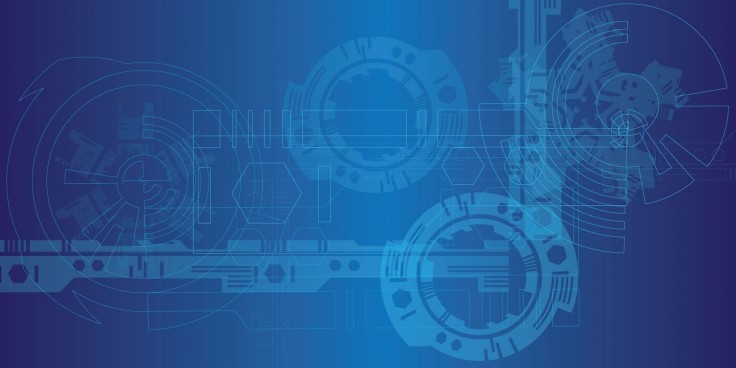
In the world of manufacturing Printed Circuit Boards (PCB), there are lots of ways the components get placed on top of the board. Two of the most commonly used ones are SMT and Through Hole.
In this article, we'll discuss these two at length.
SMT
SMT stands for Surface Mount Technology and is one of the newer ways to mount a connector directly on the board's surface.
It relies on a Pick and Place machine to place the components individually on each circuit board. The machines put parts in place via a solder, which is a substance composed of tiny particles of metal alloys.
Boards are pre-soldered before the machine places the parts. Finally, the boards are heated at specific temperatures to melt the solder and create a permanent bond with the help of a reflow soldering oven machine. About this type of equipment, you can learn more here.
A device which uses a board made with SMT is called a Surface Mount Device, or SMD.
Through Hole Technology
Through Hole Technology is the old "traditional" way of affixing electrical components on a circuit board.
People or machines affix the parts to boards with holes drilled into them. Individual electrical components have long wires called leads. The person or machine inserts the leads through the holes in the board to mount them. The leads are then soldered on pads on the back of the board to secure them in place.
Affixing parts was traditionally done via hand or, more commonly, using a machine specially designed for this purpose.
This method of mounting components on a PCB was the standard method well into the '80s, before being replaced by SMT.
Advantages and Disadvantages of each Method
To compare the two, let's look at the pros and cons of each method first.
Through Hole
Through Hole Technology produces a much stronger bond between the component and the board. Through Hole bonds are ideal for parts of the circuit that will be under a lot of mechanical stress, such as connectors. Through Hole is also faster to perform, which makes it the method of choice for creating prototypes quickly.
There are, however, a lot of limitations with Through Hole. The technology is generally more expensive to do and time-consuming because holes need to be pre-drilled into the board. The board also needs to be soldered on both sides, adding even more to the cost and time to manufacture one.
If you're creating multi-layer boards, it also limits the areas on which you can route through.
Surface Mount Technology
Surface Mount Technology is, nowadays, the generally preferred way of mounting on a PCB. That's because it's much more cost-effective compared to Through Holes.
SMT also has a faster turnaround time. Machines can mount components at speeds of up to 1,000 per hour. This speed further adds to the cost benefits you get when you manufacture more PCBs on a given time frame.
The technology also makes it possible to create compact PCBs for use in portable devices like smartphones. SMT's precision is capable of high component density, meaning they can be placed much closer to each other on a circuit board.
Performance-wise, the soldering is much more durable on an SMT mounted PCB. Hence, they're much more resistant to vibrations and shakes.
SMT PCBs, however, have one glaring flaw - they don't do so well when connectors are under a lot of mechanical stress. In this case, Through Hole technology has the upper hand.
Combining SMT and Through Hole
While it makes sense most of the time to use SMT over Through Hole, there are some situations where it's best to combine the two. Mounting connectors is an excellent example of this.
Connectors are the part of a PCB that gets attached and detached continually. USB ports are a great example of this. With the constant connecting and reconnecting of USB cables, they need to be durable enough to withstand the constant stress.
For the best of both worlds, manufacturers combine the two technologies. Through Hole Technology is typically used in the front end of the connector, while SMT is used in the rear end.
If a connector solely uses SMT, then screws may be used to secure the component in place. Screws have the bonus of making it easy to replace the connector later on if needed.









